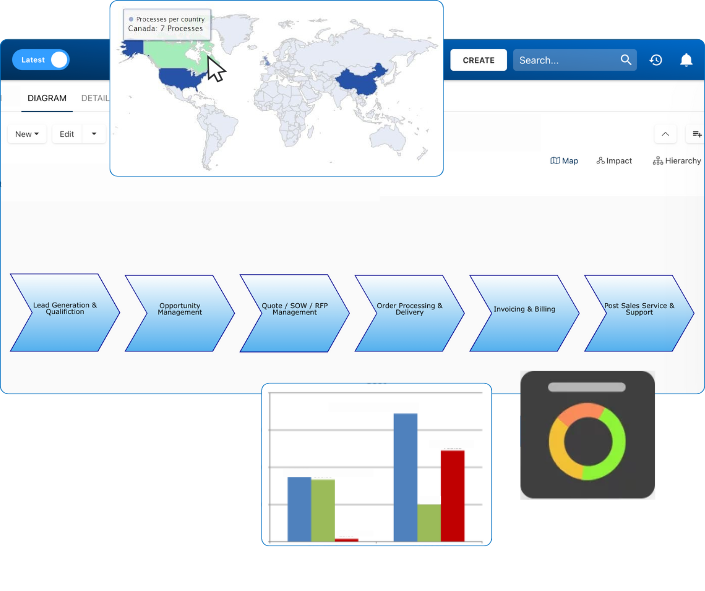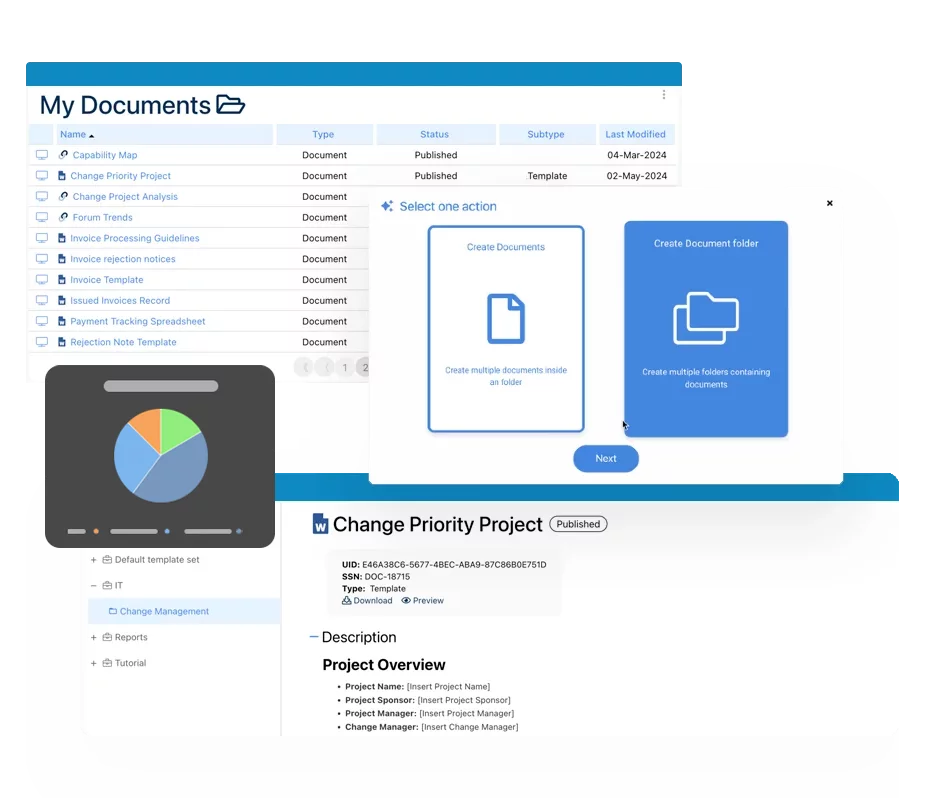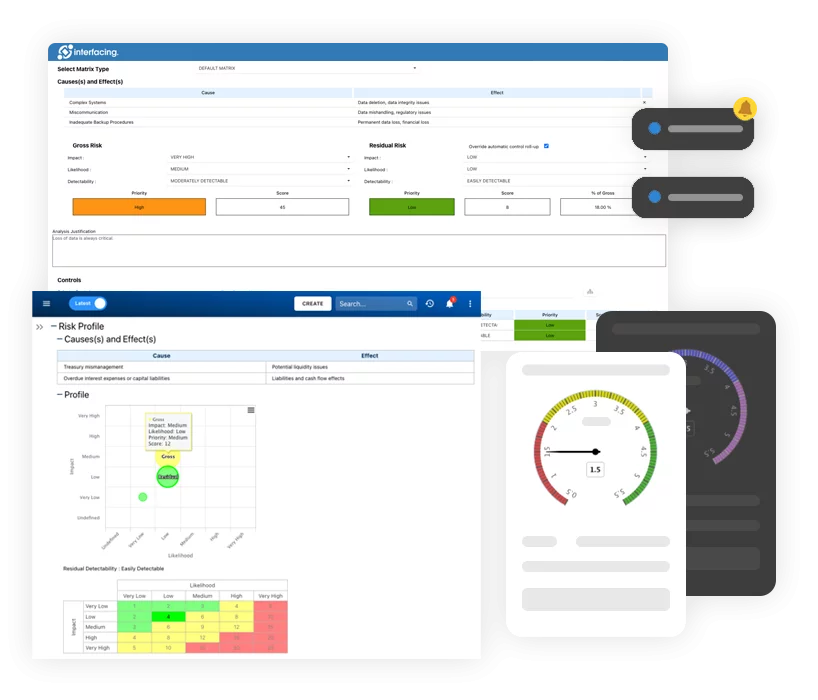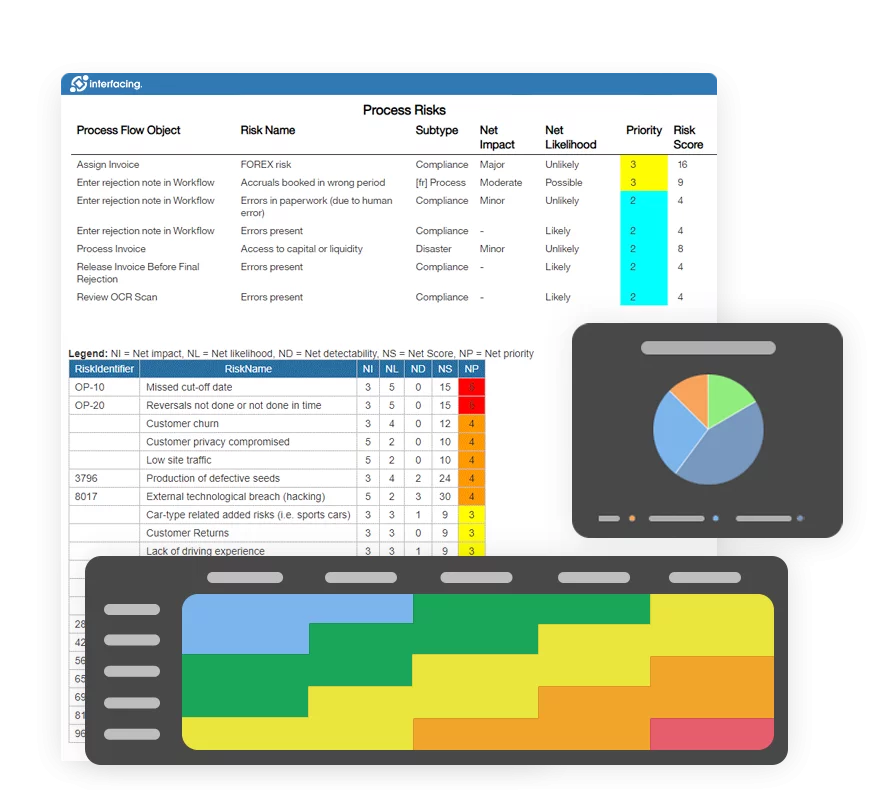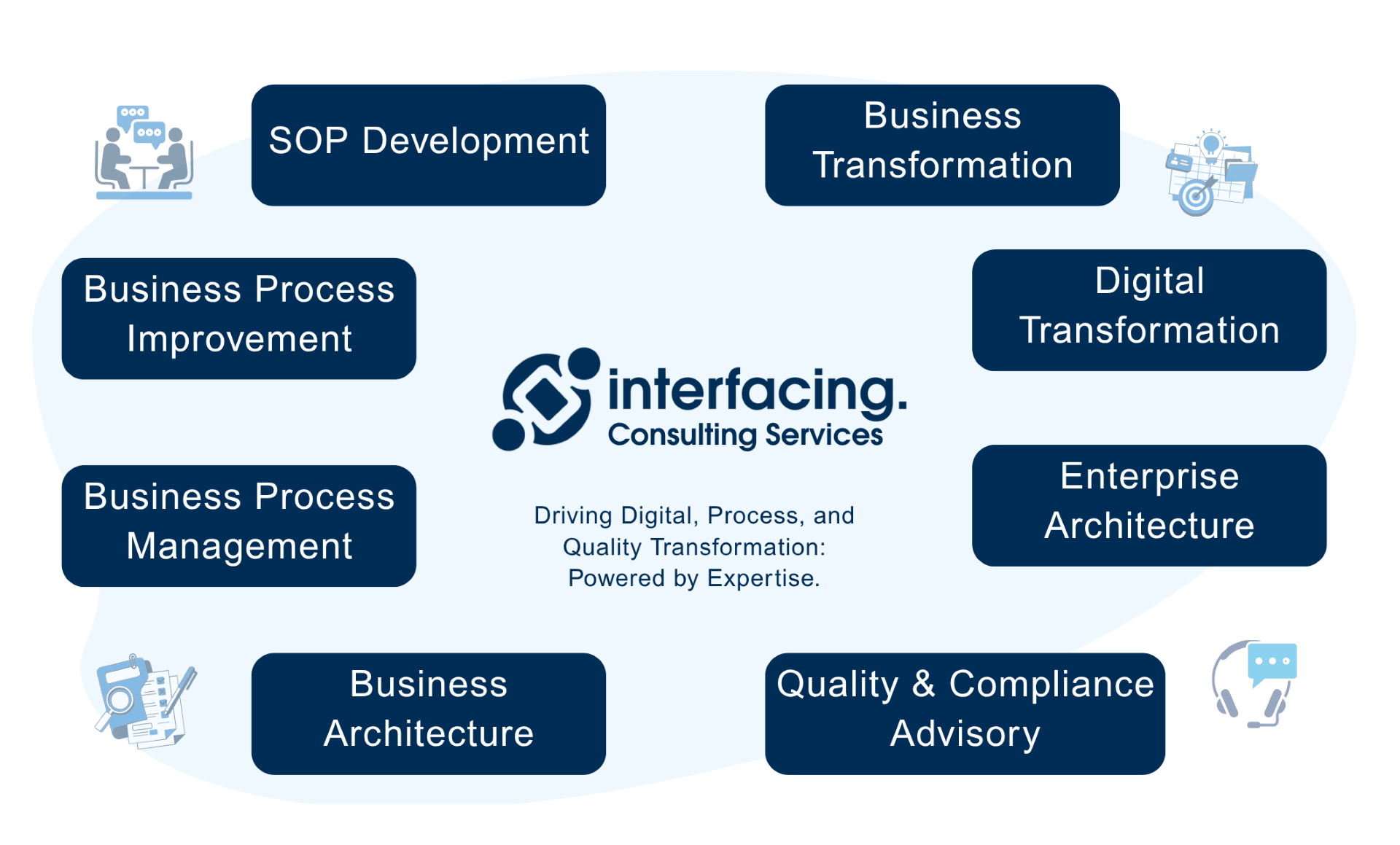If you google “pit crew” you will find dozens of movie clips from the 5 minute stop in the 1950’ies to the 2 second stop at a recent Grand Prix. Learning, continuous improvement, better tools and training made this possible.
In the early clip, one tire changer hammers away at the nuts and changes one tire at a time. This reminds me of the way we used to design tires at Goodyear, except that at Goodyear R&D, the one lonely tire changer would have serviced at least 3 cars at the same time.
Today Goodyear works more like the Melbourne Grand Prix crew that changed 4 tires in a couple of seconds.

The same is true for managing R&D and innovation projects: what really matters is being the first to market. If there is a single engineer on a project and the engineer multitasks and shares his/her time between many projects, the engineer may always be busy (efficient use of engineering resources) but the project will have a long cycle time and the company will most likely lose the “race to market”.
Time to market is just as precious for R&D projects than it is for car racing. A few weeks lost, can cost the business millions of dollars and a few months lost can mean second place in the race for market share.
The lost business income most often dwarfs the cost of a few extra resources who work in pit crew mode to shave as much time off the development time as possible. At Goodyear a major project was moved up 6 months by sending a “crew” of more than 20 engineers to a plant for a week to build 24 prototypes.
In addition to R&D, some companies train their teams in “pit crew” operation like airlines who can increase the time in the air of the planes by a very significant amount by turning them around faster on the ground. Watch the action next time you wait for your plane; with some airlines it resembles a real pit crew.
One of the reasons why agile and sprints gain popularity is that R&D organizations start understanding the cost of time and the basic working principles developed by pit crews.
Ben Cook, Director of Programming and Pit Crew Recruiting at PIT Instruction and Training educates and trains racing pit crews in Charlotte NC. Ben says that you do not start with speed – you start with a good process and good skills. Speed comes as you learn and get better.
Jean-Claude Kihn sponsored a project called “Pit crew” at Goodyear R&D in 2012 when he was the CTO. The project reduced the cycle time of a tire development iteration by 50%. “After all the years Goodyear has spent in racing pits, it was time to apply what we learned there” says Jean-Claude
Ben Cook and Jean-Claude Kihn will share their ideas with Product developers and innovators at the LPPDE North America (Lean Product and Process Development Exchange) at Ohio State on October third 2018.
Watch webinar recording with Norbert Majerus about Lean Driven Innovation. He takes us through the highlights and key learnings of the Goodyear transformation to being an innovative Lean Product Development organization.

CONTACT US
Request Free Consultancy
Document, analyze, improve, digitize and monitor your business processes, risks, regulatory requirements and performance indicators within Interfacing’s Digital Twin integrated management system the Enterprise Process Center®!




